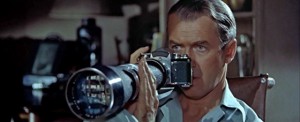What an interesting mixture of genre are films like the Scream series and The Cabin in the Woods? Horror hybrids and metahorror may have inspired me for my final project brief of sketches. As Jackson (2013) suggested, these films are self-reflexive and knows that it is constructed horror. Watching Cabin in the Woods did scare me with its intense soundtrack use, visual gore and “the villains” as well as its nerve-wrecking silences. The part where it is revealed that the characters are put in a place as science subjects controlled by puppeteers explodes audience readings of the definition of horror as genre. It also debatable whether or horror is without say usual weapons utilised in slasher films.
Jackson, K 2013, Technology, Monstrosity, and Reproduction in Twenty-First Century Horror, “Metahorror and simulation in the Scream series and The Cabin in the Woods” , pp. 11-30.



